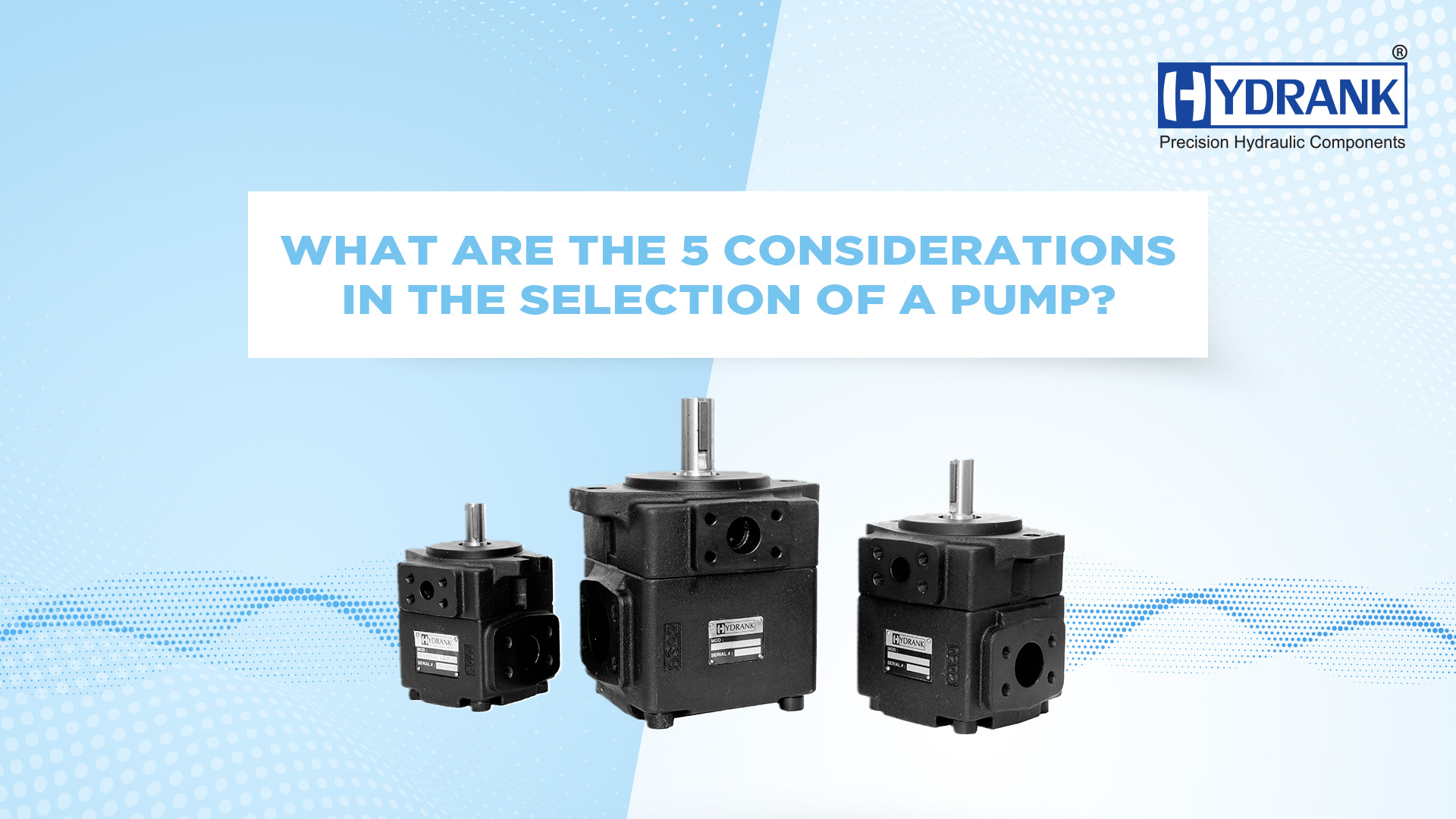-
What are the 5 considerations in the selection of a pump?

We aim to provide you with the optimal pump solution to address your specific application needs and unique circumstances. We don’t follow the one-size-fits-all approach and customize the solutions to match your requirements.
We produce only high-quality pumps as we follow stringent quality standards through regular testing.
Common/Basic Information About Pumps
- Identifying the Liquid
Understanding the composition of the liquid you are pumping is essential. It enables us to provide a pump made from materials compatible with your liquid, thereby preventing potential problems related to corrosion and abrasion. We need to know the chemical composition of the liquid, and if there are any solid particles present, please specify the maximum particle size and concentration.
- Viscosity
Viscosity is a property measured in various units, but we primarily use centipoise (cP) or centistokes (cSt). It quantifies a liquid’s resistance to deformation when subjected to stress, essentially indicating the liquid’s thickness. Thicker liquids typically have higher viscosity. For instance, water has a viscosity of 1 cP at 20°C, while honey has a much higher viscosity at approximately 10,000 cP. Viscosity plays a crucial role in determining the type and size of the pump needed. Liquids with higher viscosities often require positive displacement units operating at lower speeds instead of centrifugal pump solutions.
- Flow Rate
The flow rate directly influences the pump size. A greater flow rate necessitates a larger pump.
- Pressure
The pressure levels at the pump’s inlet and outlet are pivotal in determining the type and, often, the required pump’s size. A clear understanding of the pressure conditions you are dealing with enables us to identify the most appropriate pump technology. If you are uncertain about your differential pressure, we are here to calculate it.
- Density
The density or specific gravity of the liquid being pumped at the operating temperature plays a significant role in determining the power needed to accomplish the desired duty. This information assists us in selecting an appropriately sized drive or motor for seamless pump operation.
- Temperature
The temperature impacts the choice of materials used in constructing the pump and influences the type of pump we recommend.
Parameters necessary for pump selection include:
- Pump Capacity (m³/h)
- Desired Discharge Head (metres)
- Fluid Viscosity (cP)
- Fluid Density (kg/m³)
- Percentage of Suspended Solids in the Pumped Fluid (wt%)
- Vapour Pressure of the Fluid (kPa)
- Available Net Positive Suction Head (NPSH in metres)
- Operating Temperature (°C)
- Operating Pressure (kg/cm²g)
- Compatibility of Pumping Fluid with Corrosion
- Hazardous Classification of the Pumping Fluid
The design of the pump encompasses the following elements:
- Pump Type (e.g., Centrifugal, Reciprocating, Diaphragm, etc.)
- Selection of the Pump Model
- Power Calculation and Choosing the Appropriate Motor Size
- Pump’s Material of Construction
- Type of Seal and Associated Flushing Plan (Mechanical or Gland Pack)
End-User Needs — System Flow Rate and Head
To accurately design a pump system, it’s essential to determine the required pump capacity, often expressed in gallons per minute (gpm). This figure is crucial for sizing the piping system, calculating friction head losses, constructing a system curve, and selecting the appropriate pump and motor. Meeting process requirements can involve maintaining a constant flow rate with on/off control and storage to address variable flow rate needs. Alternatively, a variable speed drive or throttling valve can continuously adjust flow rates.
The total system head consists of three key components: static head, elevation (potential energy), and velocity (dynamic) head. Static head corresponds to the fluid’s pressure within the system, measured using conventional pressure gauges. The height of the fluid level can significantly impact the system head. The dynamic head represents the pressure required by the system to overcome head losses resulting from resistance in pipes, valves, fittings, and mechanical equipment. These dynamic head losses are roughly proportional to the square of the fluid’s flow velocity or flow rate. If the flow rate doubles, dynamic losses increase fourfold.
For many pumping systems, the total system head requirements are not constant. For instance, suction and static lift requirements may fluctuate in wet well or reservoir applications with changing water surface elevations. The static and elevation heads are zero in return systems, such as HVAC circulating water pumps. It’s also crucial to consider a pump’s net positive suction head requirements, especially for centrifugal pumps. These pumps need a specific fluid pressure at the inlet to prevent cavitation. As a general guideline, it’s recommended to ensure that the available suction head exceeds the pump’s requirements by at least 25% across the expected flow rate range.
Why should you use Shriank pumps?
Shriank Hydraulics is synonymous with quality in the hydraulic products industry. We boast the most extensive stock of hydraulic vane pumps in India, ranging from 210 bar (3000 psi) to 320 bar (5075 psi), all readily available. We understand our customers’ needs and provide value-added product recommendations, offering quality items at cost-effective prices.
India's Largest Hydraulic Vane Pump Supplier
contact us: +91 98989 09148
Delivery
Prompt and accurate delivery
Client Servicing
Pro after-sales customer support
Quality assurance
Top quality standards
Export
More then 10 countries
